There cultivation of tomatoes it is among the most loved and widespread in the world. However, organic garden enthusiasts know that these plants can be susceptible to various diseases and plant diseases, which compromise plant health and crop yields. Tomatoes spoil for a variety of reasons, ranging from unfavorable conditions and abiotic stresses in the growing environment, to pathogenic fungi, parasites and viruses. Fortunately, there are several steps farmers and gardening enthusiasts can take to prevent tomato diseases.
In this article, we’ll explore the top issues that make tomatoes sick, identify the underlying causes, and provide practical advice for preventing damage.
What are the main fungal diseases of tomatoes?
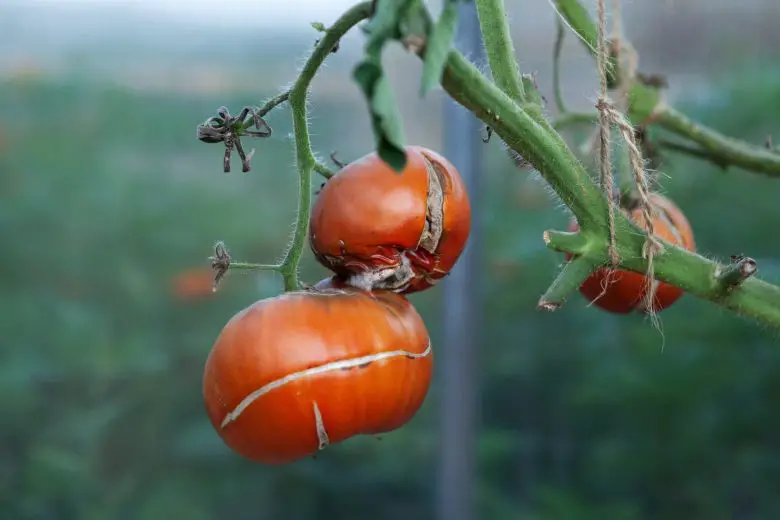
Tomato diseases of cryptogamic origin, i.e. caused by fungal pathogens, can be different. The main one is definitely the tomato blightbut we can not underestimate the collar rotthe verticillium and the leaf bronzing. These diseases originate in pathogens present in the soil, sometimes latent, which attack the tomato plants when certain climatic conditions occur, seriously compromising the vegetative cycle. For example, an attack of downy mildew occurs easily in a wet and rainy season, and is capable of destroying an entire tomato field in a few days. Predict the exact occurrence of the onset of a fungal disease is very difficult. The farmer must therefore work preventively, let’s see how.
How to prevent fungal diseases of tomatoes
To prevent the fungal diseases of tomato the first thing to do is adequate crop rotation. In practical terms, it is not possible plant tomatoes always in the same plot of land as the garden. This is because, as mentioned, mushrooms are kept in the ground, even for many years. So if they find the root systems and vegetation available in the immediate vicinity, they have great ease in attacking the plant and causing the disease to arise.
In addition to the rotation, it is necessary to take care of the hygiene of the field. For example, if our tomatoes have fallen ill in a year, the infected crop residues must be eliminated, removing them from the field and possibly burning them. Leaving the diseased residues on the field will only feed the proliferation of mushrooms in the following seasons as well.
Once these two fundamental aspects have been established, it is necessary to carry out prevention with treatments allowed in organic farming. The classic product that is used for prevention of cryptogamic diseases is copper, which however has limitations such as excessive accumulation of metal in the ground. In recent years, more innovative and environmentally friendly, as well as very effective, products have become established. On all we point out the micronized zeolite, i.e. a fine rock powder of volcanic origin. By spraying the tomato plants with zeolite at regular intervals, we will create a protective patina against fungal pathogens, safeguarding the health of the plants and preventing them from getting sick. You can find a selection of zeolite-based products here.
In the family garden let’s not forget the possibility of use natural maceratesalways in prevention. The most effective ones as antifungals are the garlic macerate And that of horsetail.
What are tomato diseases?
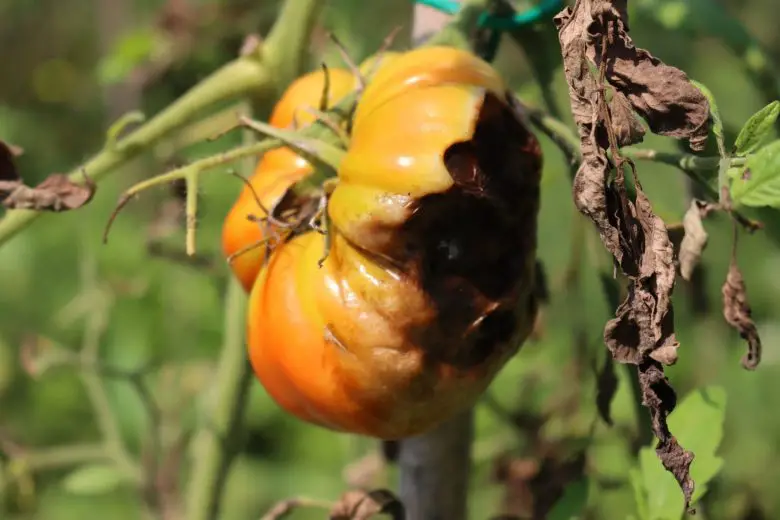
Tomato diseases are not only caused by fungi, but can also derive from so-called plant diseases or abiotic stresses. These are problems due to structural lack of nutrients in the soil or poor cultivation conditions. The most common and feared tomato disease is apical rotor that problem which determines theblackening of the underside of the berries. This problem, in short, is due to calcium deficiencies in the soil and poor irrigation practice.
Other common problems of this type are: the peel scaldingthe curled leaves and the cracking of the peel.
To avoid these plant diseases or stress, the organic farmer must intervene on cultivation practices, ensuring the best possible growth conditions for his plants.
How to prevent diseases and stress
The first thing to do to prevent disease and stress problems in tomato plants is proper planting land preparation. The tomato, in fact, needs a loose soil, well worked to deepen the root system, well draining to avoid water stagnation. The soil must therefore be worked with care and in good time, for example making a dig. Furthermore, tomatoes need many nutrients to face their crop cycle. Fertilize tomatoes in the right way it therefore becomes fundamental for the success of cultivation. The mature manure is the classic organic fertilizer that should be used, but alternatively you can also use theearthworm humus or the home compost. With fertilization it is possible to integrate those elements that are missing and which cause plant diseases such as apical rot. An excellent example of this is the lithothamniuma natural seaweed powder that supplements the calcium deficiencies present in the soil (you can buy it here).
In the prevention of tomato stress, correct irrigation is also essential. For water the tomatoes in the right way it is necessary to be balanced. The general rule is to water little and often, without soaking the soil, but not leaving it completely dry either. To optimize the irrigation practice, the drip system is to be preferred and not the flowing or rain systems.
Finally, to prevent the tomatoes from getting sick, it is advisable to follow the correct cultural practices. For example, many have the bad habit of removing tomato leaves, believing they are benefiting the plant. In reality this greatly stresses the crop and above all exposes the berries to sunburn. Tomatoes need to be trimmed carefully and the leaves left to perform their protective function and to transmit the sap of the plant.
What are tomato pests?
In evaluating the causes of why tomatoes get sick, we cannot overlook the problems associated with parasite attacks. The tomato, in general, is a rustic crop rather resistant to insects, but with some exceptions, or parasites that mainly affect the ripening berries, causing their loss in whole or in part.
Among these parasites the most aggressive on tomatoes are: the nocturnalthe absolute suit and the bed bugs.
How to get rid of tomato pests
To eliminate the parasites of the tomato, the organic farmer has various means of defense available.
Against the lepidoptera (tuta and nottua) it is possible to intervene on several levels. Primarily with the pheromone trapsfor mass capture. Then with the bio-insecticide bacillus thuringiensis var. kurstaki, effective against the larval stages (caterpillars) of butterflies. A selection of products based on bacillus thuringiensis you can find it in specialized shops.
Against harmful bed bugs instead, the treatment should be done when the insects are at home nymph stage, i.e. when they are not fully developed yet, they have a thinner cuticle and above all they are found in groups on the plants. The most effective organic product that can be used is the potassium soft soap(you can find them here a selection).
To be effective, organic treatments must be done in time, at the first signs of infestation and possibly repeated at regular intervals. So constantly monitor your tomato plants for early insects and take early action. Another piece of advice we give is to uniformly wet the vegetation, preferably in the evening to increase the wetting time and persistence of the treatment.
Conclusions
As we have seen, the causes that make tomatoes sick are many and of various nature. They are a real challenge for organic farmers, but with a good understanding of the underlying causes and the right preventive measures in place, it is possible to protect plants and ensure good crop yields.
Always remember that prevention is the key to keeping tomatoes safe from disease, pests and diseases, ensuring healthy and delicious crops.

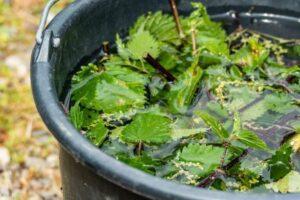
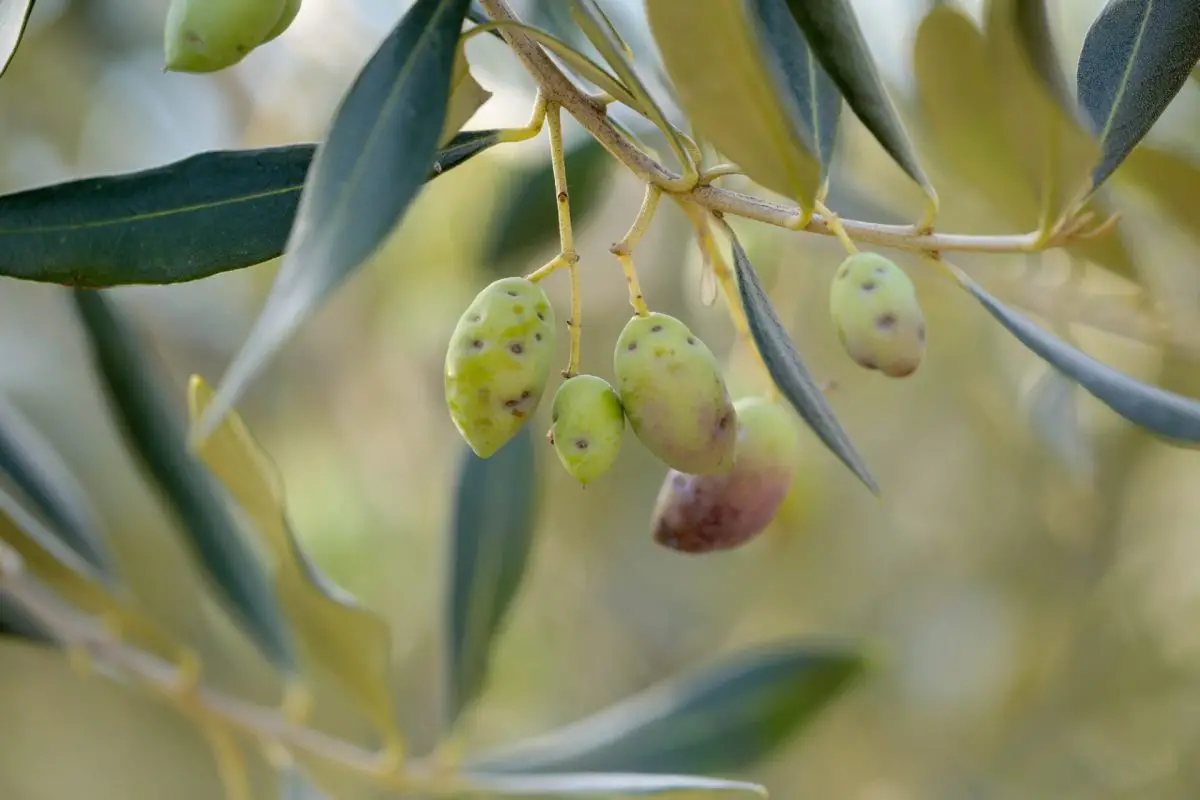


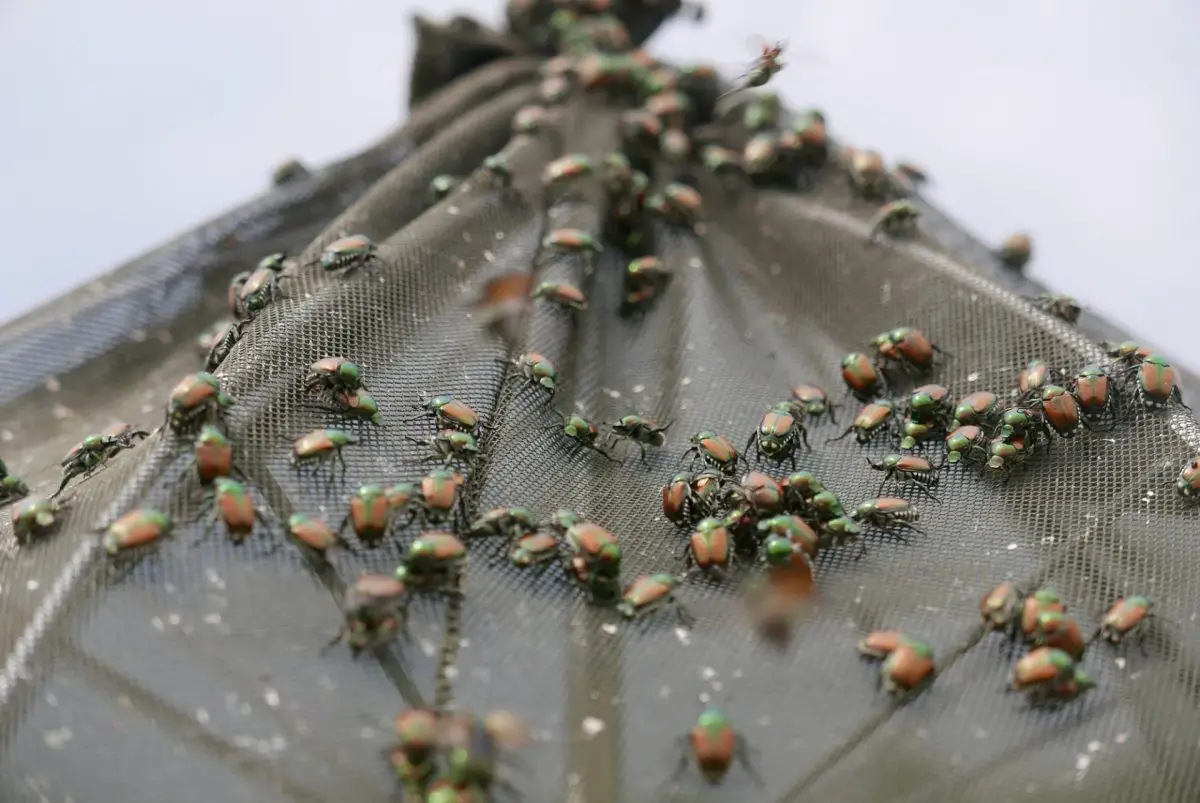
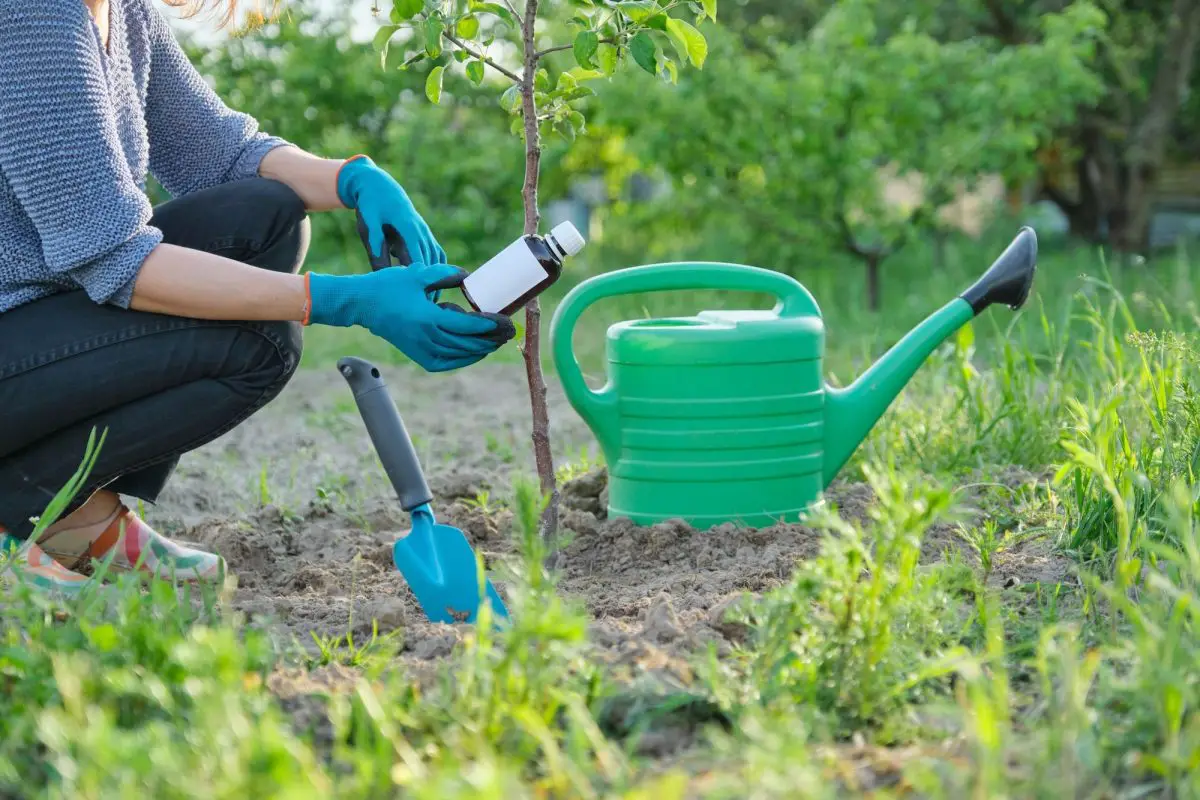
Start a new Thread